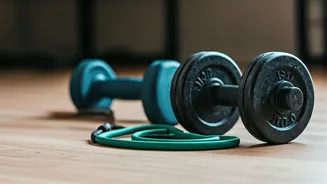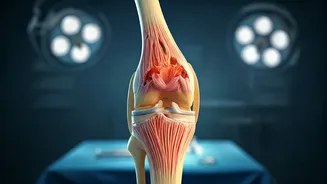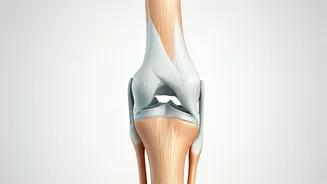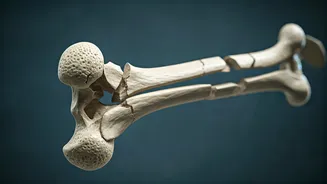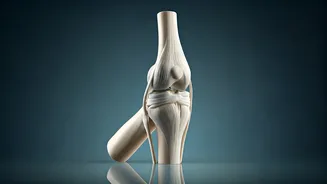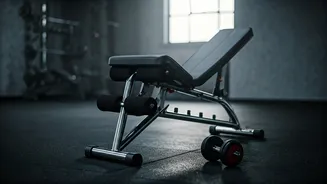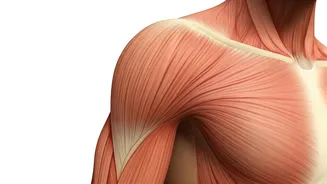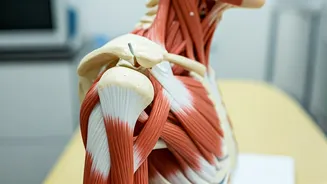High-Impact Cardio Danger
High-impact cardio exercises, such as running and jumping, are often the go-to for many people looking to burn calories and boost cardiovascular health.
However, these activities place a significant amount of stress on your knees, ankles, and hips. The repetitive pounding on hard surfaces can wear down the cartilage that cushions your joints, which can lead to pain, inflammation, and potential long-term issues like osteoarthritis. When engaging in high-impact cardio, consider using proper form and appropriate footwear. If you already experience joint discomfort, think about swapping some of these exercises for lower-impact options. Try activities like swimming, cycling, or brisk walking to minimize joint stress while still reaping the benefits of cardiovascular exercise.
Incorrect Squatting Techniques
Squats are a staple exercise for building lower body strength and are incorporated in numerous workout plans. However, performing squats with improper form can be a major culprit in joint damage, especially in the knees and lower back. Key mistakes include allowing your knees to extend past your toes, not keeping your back straight, and not engaging your core properly. These errors can put undue pressure on your joints, leading to injuries and pain. To protect your joints, always prioritize correct form over the amount of weight you lift. It is recommended to start with bodyweight squats to master the technique, and gradually add weight as your form improves. Consider seeking guidance from a certified personal trainer to ensure your squat technique is safe and effective.
Overdoing Overhead Presses
Exercises involving overhead presses, such as shoulder presses with dumbbells or barbells, can potentially harm your shoulder joints if done incorrectly or with excessive weight. The shoulder joint is inherently complex and vulnerable. Incorrect form, such as not retracting your shoulder blades, locking your elbows, or using too much weight, can strain the rotator cuff muscles, which can lead to shoulder impingement, inflammation, or even tears. Proper form for overhead presses necessitates maintaining a neutral spine, engaging your core, and avoiding locking your elbows at the top of the movement. When performing overhead presses, start with a manageable weight and gradually increase it as your strength improves. If you experience any shoulder pain, it's vital to reduce the weight or consult with a physical therapist to address any underlying issues and get recommendations.
Excessive Plyometrics Risks
Plyometrics, which includes exercises like box jumps and jump squats, involves explosive movements designed to enhance power and explosiveness. While beneficial for athletes and those seeking to improve athletic performance, these high-impact exercises can be detrimental to joint health if overused or performed without proper preparation. The repetitive landing from jumps and other explosive movements puts immense stress on your knees, ankles, and hips. To prevent joint damage when doing plyometrics, make sure to warm up properly, master the basic movements before adding plyometrics, and choose appropriate landing surfaces. Ensure you are landing softly, absorbing the impact, and listening to your body. Reduce the frequency of these exercises if you feel any joint pain.
Ignoring Muscle Imbalances
Muscle imbalances occur when some muscles are significantly stronger than their opposing counterparts, leading to compromised form and increased risk of joint injury during workouts. For instance, if your quadriceps are much stronger than your hamstrings, it could lead to knee instability and put stress on the joint. Similarly, imbalances between your chest and back muscles can affect shoulder health and posture. To prevent these problems, incorporate a balanced workout routine that targets all muscle groups. Focus on exercises that strengthen both the front and back of your body, like squats, lunges, and rows, as well as pushing and pulling exercises. Also consider regularly incorporating flexibility exercises to improve joint mobility and range of motion. Listening to your body, recognizing muscle fatigue and discomfort, and consulting with a fitness professional can help to address muscle imbalances and improve workout safety.


